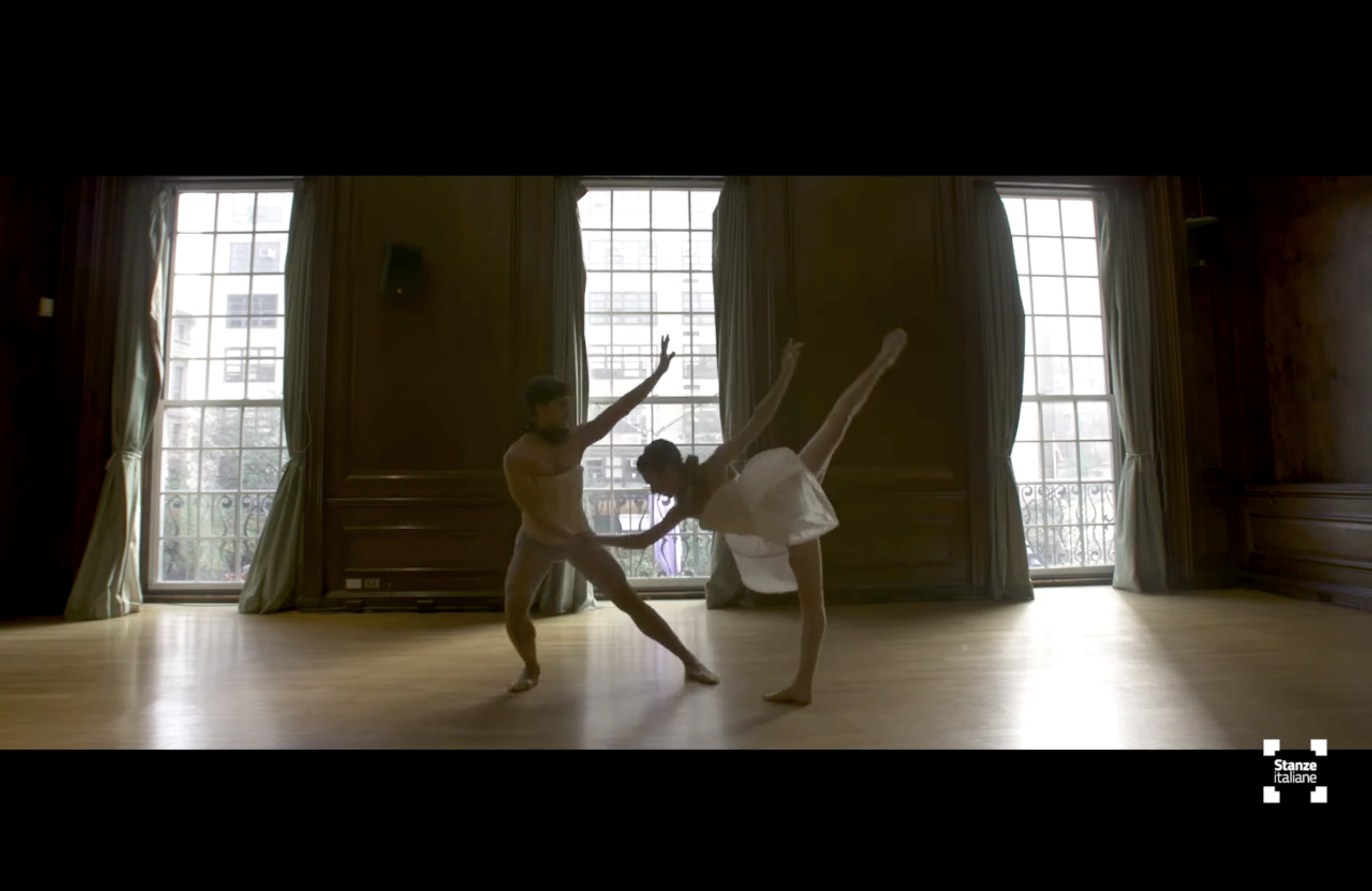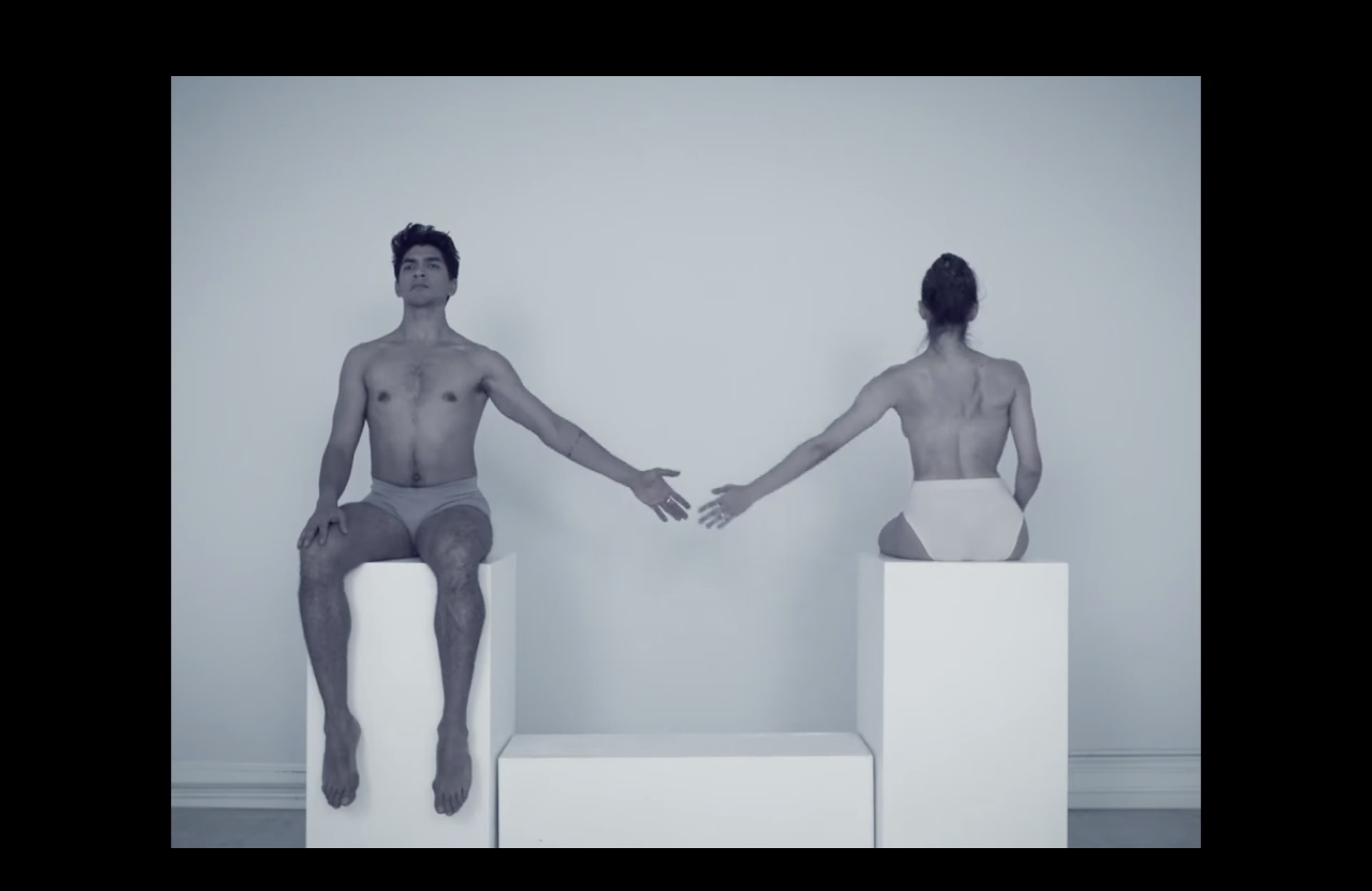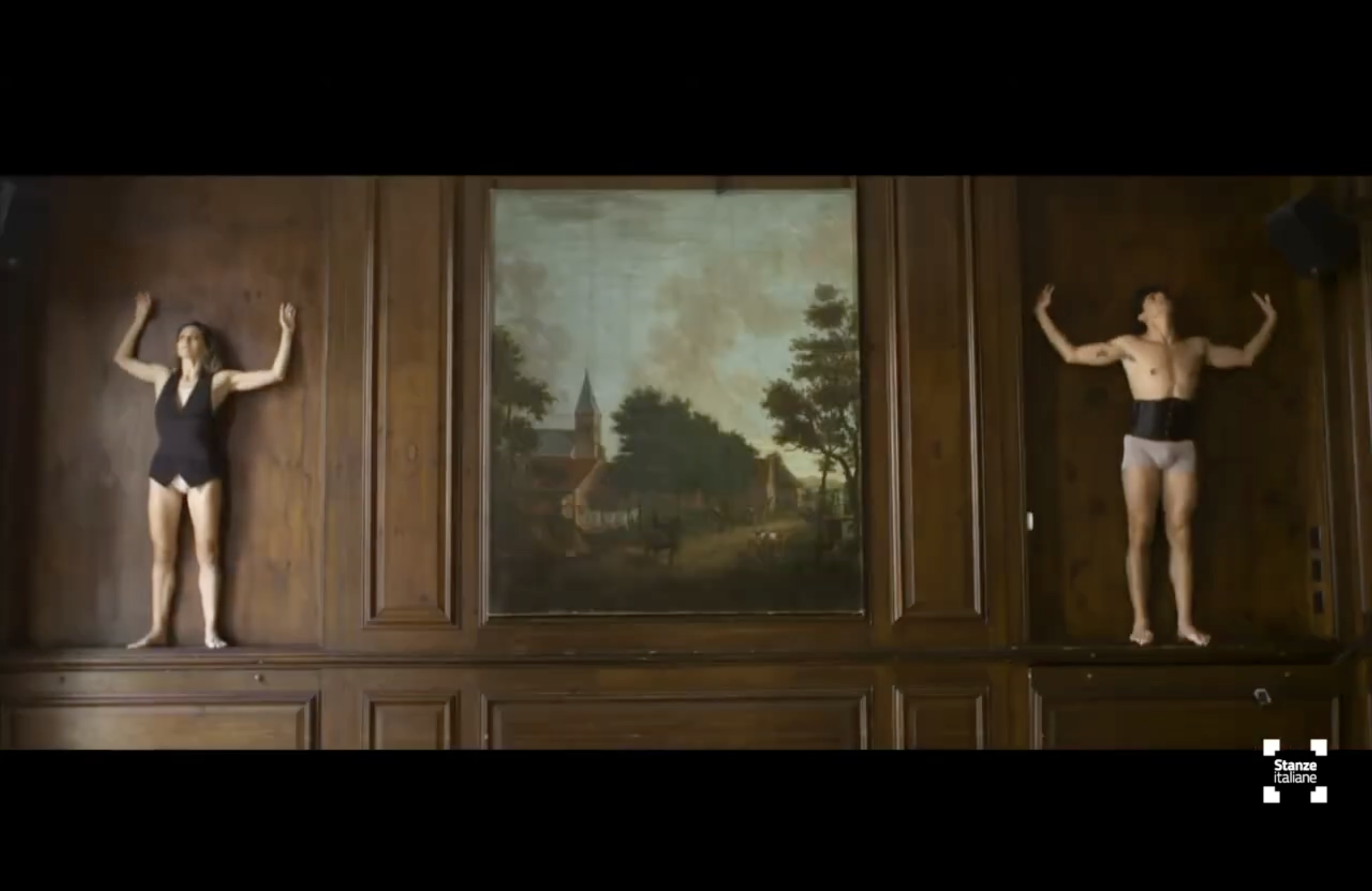THE MUTATION - Walking with Manzoni
Camera Operator for this short documentary about the exhibition "The Mutation: Walking with Manzoni", On the occasion of the publication of "The Betrothed" A new translation by Michael F. Moore of Alessandro Manzoni's "I promessi sposi". Video produced by
Collective Ribbon: The Interwoven Voices of the Triangle Fire Memorial
Camera Operator for the exhibition presented by NYU Casa Italiana Zerilli-Marimò and Remember the Triangle Fire Coalition, produced by Awen Films.
Antonio Marras, Aporía
Camera Operator for the performative/installation event APORÌA - ἀπορία by Antonio Marras, directed by Isaak Liptzin curated by Valeria Orani and produced by The Italian Cultural Institue in New York City and the General Consulate of Italy in New York.
The Italian Cultural Institute in New York, in collaboration with the General Consulate of Italy in New York hosted the performative/installation event: APORÌA - ἀπορία by Antonio Marras curator Valeria Orani.
The event took place on the occasion of the XVII Giornata del Contemporaneo, Italian Contemporary Art promoted by AMACI with the support of General Direction for Contemporary Creativity of the Ministry of Culture and the collaboration of the Directorate General for Cultural and Economic Promotion and Innovation of MAECI. On the occasion of the event, the artist and designer Antonio Marras created a site-specific installation entitled “Su per le antiche scale" (Up the ancient stairs) which is unveiled to the public on December 6th. The opening hosted the performance “Andando Restando” (Going while staying) choreographer Marco Angelilli, based on drawings by Marras himself with Gabriel Da Costa and Francesco Napoli and the voice of contralto Maurizio Rippa, produced by 369gradi - AMINA } ANIMA (Soul) Project - Regione Autonoma Sardegna. The opera "Su per le antiche scale" will remain installed and will be available to visitors to the Italian Cultural Institute in New York until the end of January 2022.
AbunDance Series
Camera Operator for the Series “AbunDance” directed by Ruben Zaccaroni, produced by the Cultural Italian Institute of New York City and Awen Films.
AbunDance is a series of ten lectures (“dancetime stories”) about the journey and evolution of Ballet, through France, Russia and the United States.
All performances have been choreographed by Marco Pelle (choreographer at the New York Theatre Ballet) and performed by Luciana Paris (Soloist dancer with American Ballet Theater) and Jonatan Lujan (former dancer at Ballett Zürich, Victor Ullate Ballet and Ballet Argentino de Julio Bocca).
“AbunDance”, a journey through France, Russia, Western Europe and the United States, including 10 original creations and 10 lessons conceived by Marco Pelle and interpreted by Luciana Paris and Jonatan Lujan.
The first one is called “Never give up a crown to anybody” and is inspired by Catherine de’ Medici who exported ballet to France, where it developed and became the art form we know today also thanks to Louis XIV.
The 1950s and 1960s: in the USA dancers became choreographers, but European artists were no less important. Maurice Béjart, former dancer at the Opéra de Marseille, created a new dance style, almost as a director and his interpretation of Ravel’s “Boléro” went around the world. Roland Petit, on the other hand, former dancer at the Paris Opéra, created a new vocabulary of ballet, sensual and “exotic”.
After Peter the Great imported ballet to Russia, in the early twentieth century Russian dancers and choreographers began to travel westward to the United States and to influence audiences with their own style and personality. Diaghilev, Nijinsky, Balanchine... “Ballet” became a Russian word. Marco Pelle’s choreography “From Russia with Love” tells us about this in the Auditorium of the “Stanze italiane”, a new creation for the “AbunDance” series.
Martha Graham started a new trend in the history of dance: dancers create their own choreographies and bring them on stage, as a way to assert themselves. Dance aims to communicate personal experiences through very intense stylized body movements, to reveal the inner landscape of human beings and, at the same time, to mirror society. Merce Cunningham and Alvin Ailey also pioneered this new idea. From that moment on, dancing was never to be the same again.



